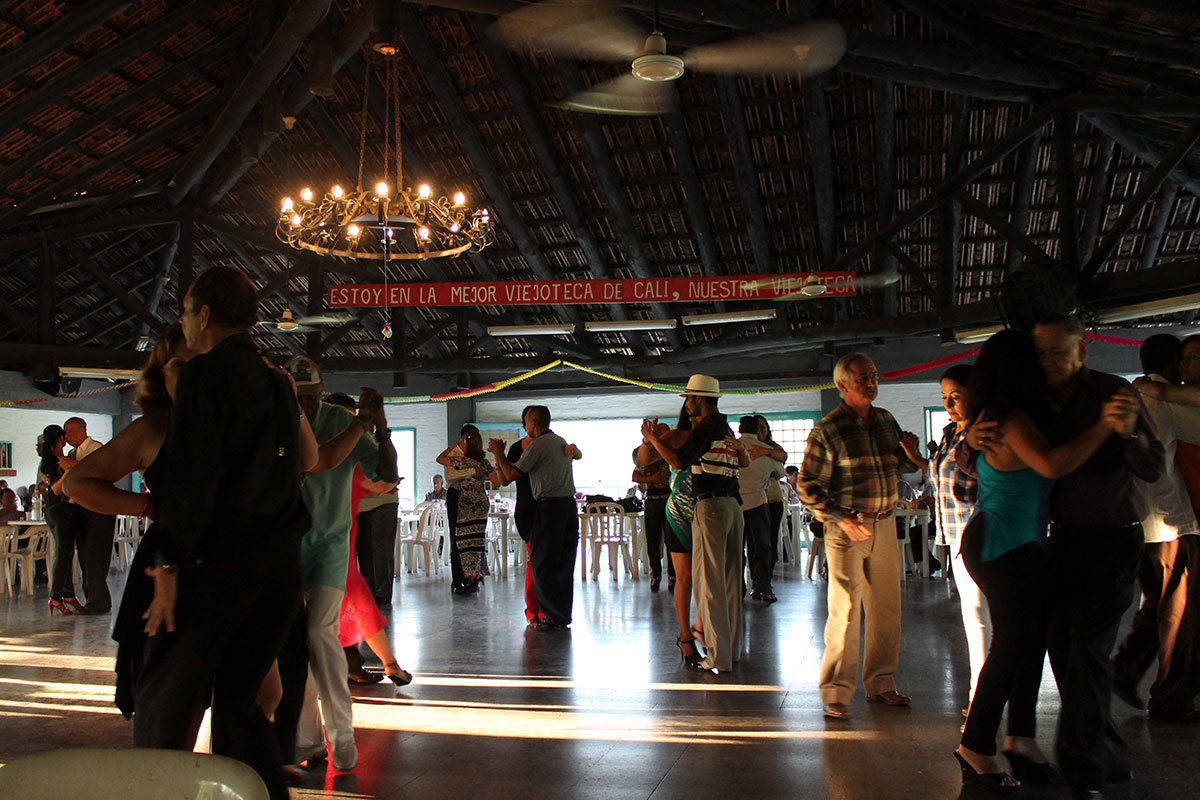Some Known Questions About Dance Fridays.
Wiki Article
Everything about Dance Fridays
Table of ContentsTop Guidelines Of Dance FridaysThe 30-Second Trick For Dance FridaysAn Unbiased View of Dance FridaysIndicators on Dance Fridays You Should Know
Dancing kind Salsa training in Ecuador Salsa is a Latin dance, related to the music category of the exact same name, which was first promoted in the United States in the 1960s in New York City. Salsa is a mixture of Cuban dances, such as mambo, pachanga, and rumba, in addition to American dancings such as swing and tap. The term "salsa" was coined by Johnny Pacheco in the 1960s in New york city, as an umbrella term for Cuban dancing songs being played in the city at the time. Salsa as a dance emerged soon after, being a combination of mambo (which was prominent in New york city in the 1950s) as well as Latin dancings such as Kid and Rumba as well as American dancings such as swing and faucet.
The standard Salsa dancing rhythm consists of taking three steps for every four beats of songs. Salsa dancers can also break apart to dance solo, known as "sparkles". The two main styles of salsa are straight and circular.

Dance Fridays for Beginners
Salsa dancing is a global dancing that can be discovered in many city cities in the world - https://salsacrazysf1.carrd.co/. Festivals are held every year, usually called a Salsa Congress, in numerous host cities aimed to draw in a variety of salsa dancers from other cities and countries - salsa crazy. The events bring dancers with each other to share their enthusiasm for the dancing, develop neighborhood, and share actions and ideasVideo demonstrating salsa dancing fundamentals Over the years, many different designs of salsa dance have actually progressed around the world. Integrating other dancing designing methods into salsa Learn More dance has actually likewise become usual, with professional dancers of one style integrating designs and movements of others to produce new combinations of dancing designs.

Among one of the most influential numbers in New York style salsa is Eddie Torres - salsa crazy (called "the Mambo King"), that is attributed with aiding to formalize the on 2 salsa timing (based upon mambo) and assisting to promote it by teaching it in dancing workshops in New York and with early training tapes
A Biased View of Dance Fridays
LA style salsa is danced in a line or "slot" with professional dancers trading settings throughout the dance, unlike Cuban salsa which is danced in a more round style.In this pattern, the leader progressions on 1, steps to the exactly on 2-3 while transforming 90 degrees counter-clockwise (encountering to the left), leaving the slot open. https://gravatar.com/evanmargolin94124. The follower after that tips direct on 5-6 and switches on 78, while the leader makes an additional 90 levels counter-clockwise and a little forward, returning into the slot
The "Vazquez Brothers" (Luis Vazquez, Francisco Vazquez, and Johnny Vazquez) are attributed for the very early advancement and growth of LA Design. Luiz Vazquez was the founder of Los Angeles's initial salsa dance team, Salsa Brava.
Later on professional dancers such as Alex Da Silva, Christian Oviedo, and Liz Lira are likewise attributed with developing the LA design of dancing as we recognize it today. [] In Cuba, a preferred dancing understood as Gambling establishment was marketed as Cuban-style salsa or Salsa Cubana abroad to distinguish it from other salsa styles when the name was popularized internationally in the 1970s.
4 Easy Facts About Dance Fridays Shown
The name Casino site is stemmed from the Spanish term for the dancing halls, "Gambling enterprises Deportivos" where much social dancing was done among the better-off, white Cubans throughout the mid-20th century and onward. Historically, Online casino traces its beginning as a partner dance from Cuban Boy, Cha Cha Cha, Danzn and Guaracha.This implies that no step is handled the initial and 5th beats in each clave pattern and the 4th and eighth beat are highlighted. This way, instead of following a beat, the dancers themselves contribute in their movement, to the polyrhythmic pattern of the music. At the same time, it is often danced "a tiempo", although both "on3" (initially) and "on1" (nowadays).
Report this wiki page